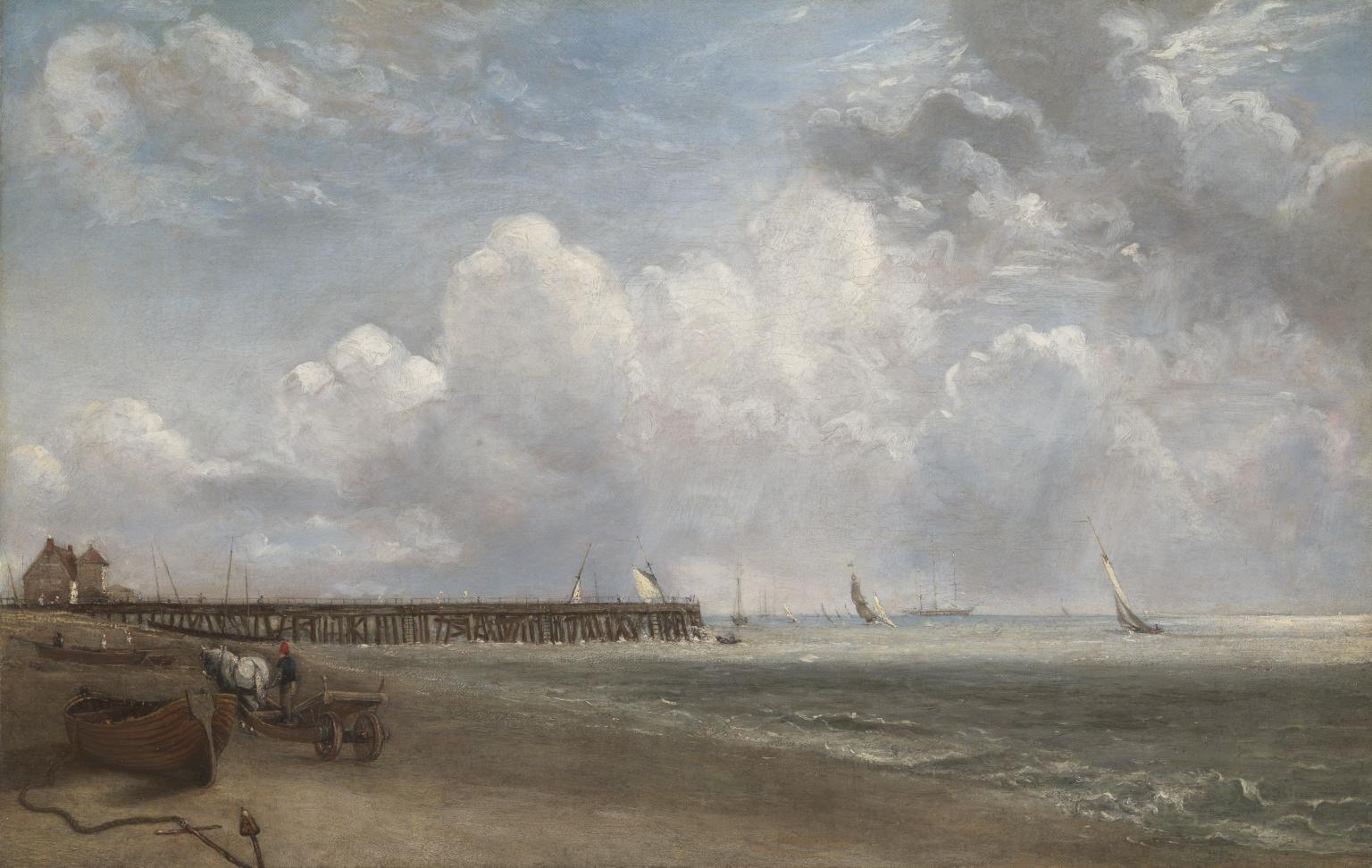6 rooms in JMW Turner
Two artists, born nearly two centuries apart, question our view of the natural world in a time of technological change
This display unites Paul Pfeiffer’s video installation Morning After the Deluge with the painting by JMW Turner that inspired it. This is the first time the artworks have been presented together. The painting, Light and Colour (Goethe’s Theory) - the Morning after the Deluge hangs outside this room alongside its partner work, Shade and Darkness - The Evening of the Deluge.
Pfeiffer first encountered the painting by Turner when reading Jonathan Crary’s 1992 book Techniques of the Observer: On Vision and Modernity in the Nineteenth Century. Crary describes the painting as an ‘impossible image’ because Turner presents a view of the sun that cannot be seen by the naked eye without being blinded by its brightness. Instead, a device called a camera obscura enabled 18th-century scientists and artists to make observations of the sun without having to look directly at it.
Pfeiffer’s installation appears, at first, to be footage of a sunset in real-time. However, the artist has used digital technology to challenge our human-centred view of the sun moving through the sky towards a stable horizon. To make the video, Pfeiffer combined two video clips he shot in Cape Cod, Massachusetts – one a sunset over the Atlantic Ocean and the other a sunrise on Cape Cod Bay. He then created a split-screen image of the sun simultaneously rising and setting on a double-sided horizon. As the sun slowly disappears into the ocean on one side, it rises out of the water on the other. In this new arrangement, the usual figure-ground relationship is upended: the sun becomes a fixed point at the centre of the image while the horizon line becomes unfixed, slowly wandering across the frame from top to bottom.
Pfeiffer says of his artwork, ‘It has a very dramatic composition, but it pulls the ground out from under the viewer, creating an optical space for him or her to stand in.’Turner and Pfeiffer both question the position of the viewer, literally and metaphorically. Both artists find different ways to evoke the romantic concept of the ‘sublime’. This concept became popular in 18th-century Europe to describe a complex mix of fear and exhilaration at anything that reminded humankind of its own fragility. It has been applied to the power of nature – to vast mountain ranges and storms – but also to new technology, and the power of man-made machines.
Art in this room



